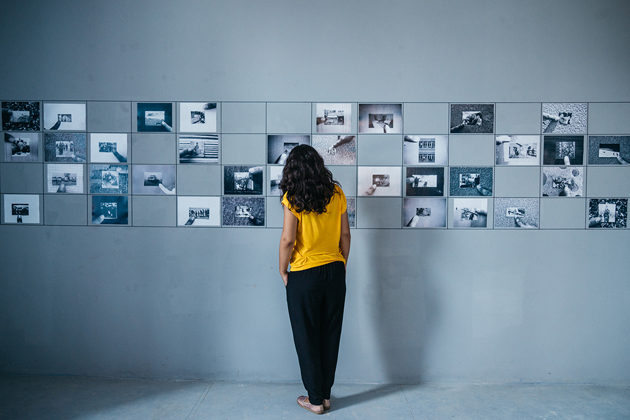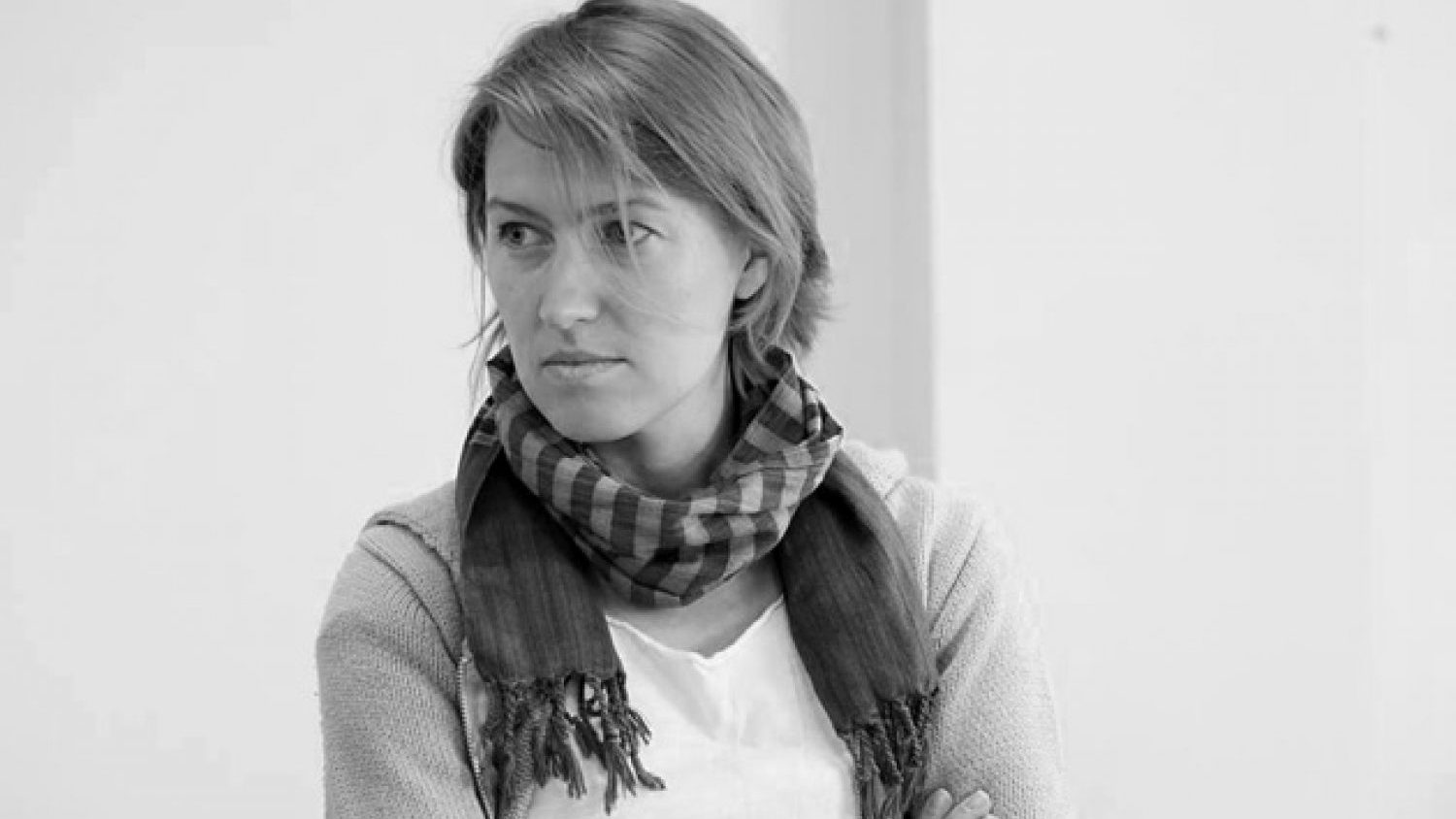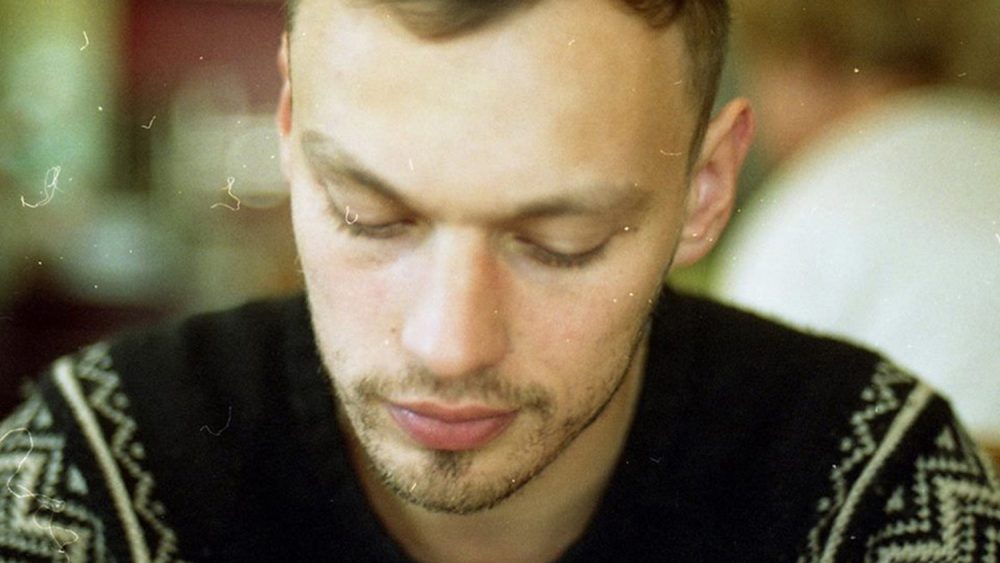10 minutes with curator Kateryna Radchenko
Kateryna Radchenko is a curator, photography researcher and a photographer from Odessa in Ukraine. She has studied Philosophy and in her own photo projects focuses on the perception of photo archives and space. In 2015 she created photography festival Odessa\\Batumi Photo Days, which in August takes place in the Georgian seaside city Batumi, but in April – in Odessa, Ukraine. The festival will be launched on 13 April with opening the exhibition Territory/Space at the Odessa Museum of Contemporary Art with 30 Ukrainian photographers taking part. Furthermore, Kateryna will moderate a discussion Interpretation of an Image in the Post-Soviet Countries in the framework of festival Riga Photomonth 2016 examining the problematic issues of organising photo festivals in the Post-Soviet countries.
What is the key idea of Odessa//Batumi Photo Days?
The festival was founded during the period of a socio-political crisis and during the military intervention in Ukraine. At that time it became obvious that media were dominated by manipulated information with some features of propaganda (from both sides). As a result, there were wide audiences with little critical thinking skills and ability to interpret textual and visual information. The festival was founded as an educational platform with an aim to educate both Ukrainian photographers and wider audiences. This is an opportunity to demonstrate the different ways of photography development in the world.
What are the advantages and challenges given the fact that the festival takes place in two different countries? Has it anything to do with your mayor?
We organized the festival a long time before Saakashvili was appointed the governor of Odessa region, so we have come to believe that it is our festival that has prompted him to move to Odessa. The benefits are the geographical coverage and focus on ¬two countries – Ukraine and Georgia. Also, partnership with the contemporary art space in Batumi was not accidental and is linked to the previous experience of cooperation. Perhaps, the problems include increased stress, but, on the other hand, it keeps us in a good shape and does not let us relax.
What are the highlights of this year’s photo days?
The topic of this year’s festival is the territory and space. Of course, first of all it is due to the situation that has developed in Ukraine and Georgia, but it is also a high priority issue in the global context. That is why it is important to consider the various aspects of visual reflection all over the world. We invited photographers from the Czech Republic, Poland and America to host workshops. These are the three different practices connected with the subject of space, which is clearly presented in the works of Thomas Hruza, Adam Panchuk and Scott Davis. Through a competitive selection among 30 Ukrainian photographers, the main exhibition of the festival was organised focusing on such issues as the private versus the public, conflict and transformation. According to the theme of the festival two exhibitions will be presented in the public space – the Georgian Village by Natela Grigalashvili and the Futuristic Archaeology by South Korean photographer Daesung Lee. Also this year we will have the first evening screening in the central park of Odessa. This helps us to attract not only the professional community, but the residents and visitors as well.

How would you describe the photography scene in Odessa in general?
It is difficult to speak only about the development of photography in Odessa and not as a nationwide trend. Odessa is not a centre of photography in Ukraine, which is interesting but rather challenging as well. The emerging Ukrainian photographers pay much attention to the physicality and sexuality, the visualization of knowledge processes of their own physical boundaries. This photography is in the transition period moving away from the topics that were banned during the Soviet regime to the bold self-awareness and individualism. The photography of Kharkiv is faithful to the traditions established in the 1970s and 1980s, these photographers tend to experiment with colouring, ornamenting and collaging. Unfortunately, today in Ukraine there are 50 young and emerging photographers and 20 – of older generation. For a country with a population of 42 million it is a poor indicator. The reason for that is the lack of educational programmes, especially in the field of contemporary photography, and the restrictions to study abroad (visa, linguistic and economic factors). That is why it is important to develop Ukrainian photography in the country and gradually to move it at the international level.
Where do you see yourself among other East European photo festivals?
Our position is at the formative stage, although we have managed to do the nearly impossible work for two years creating a high-quality, professional platform for Ukrainian photographers and bringing the initiative to an international level with a minimal budget. Our festival and its structure aim at the partnership and openness, which is why we try to engage colleagues from Eastern Europe and other countries to the maximum. We are not trying to be the best festival in the world or in Europe, but we are already the best one in Ukraine.



